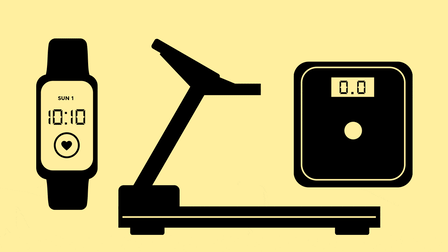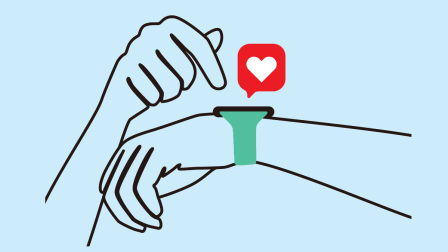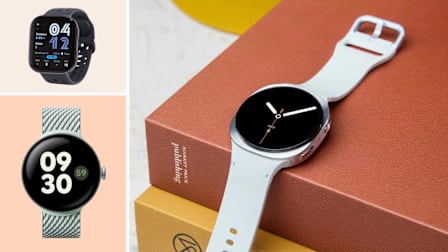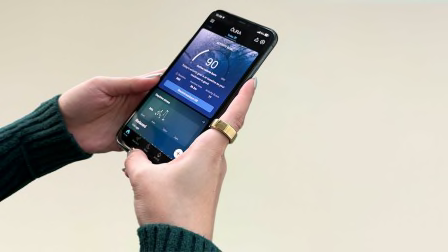Which Fitbit Fitness Tracker or Smartwatch Should You Buy?
Fitbit's lineup offers a range of options, from the Fitbit Luxe to the Versa 4. Here's how to decide which is best for you.
When you shop through retailer links on our site, we may earn affiliate commissions. 100% of the fees we collect are used to support our nonprofit mission. Learn more.
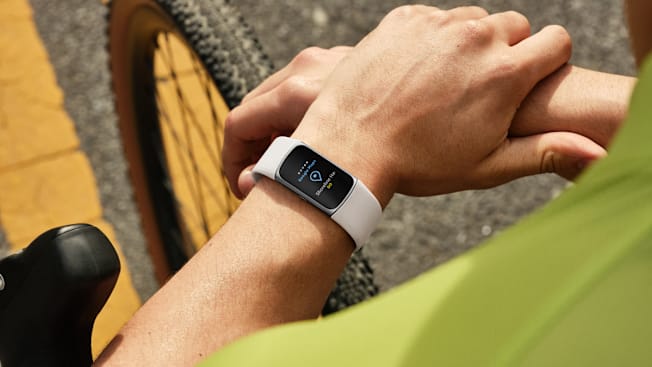
Thinking about buying a fitness tracker or smartwatch to help you become more active in the new year? Maybe even achieve a specific goal, like running a 5K or improving your sleep? Fitbit, which was acquired by Google in 2021, has been a leader in wearable tech for more than a decade and offers a variety of models that can help you achieve your health and fitness goals. But it can be tricky to choose the right one.
Fitness Tracker or Smartwatch?
The line between a basic fitness tracker and a smartwatch has blurred in recent years within Fitbit’s lineup, too. Fitness trackers tend to be designed for basic monitoring of health metrics, like your steps and sleep, though some offer more advanced sensors and features like heart rhythm monitoring and built-in GPS.
Smartwatches, by comparison, tend to have larger displays with changeable bands, more advanced sensors, and more connectivity with your phone, such as the ability to take calls using the watch’s built-in speaker. But smartwatches tend to have a shorter battery life—and a larger price tag.
Consider how you plan to use your Fitbit. Are you just looking to boost your daily movement and track basic health data in the Fitbit app? Or do you want full connectivity with your smartphone, including the ability to easily read emails and reply to texts from your wrist?
If you want a pared-down fitness tracker: Fitbit offers the feature-filled Charge 6, the slimmer and value-priced Inspire 3, and the sleek-looking Fitbit Luxe.
If you want a fuller-featured smartwatch: Fitbit offers the well-rounded Versa 4 and the stress-focused Sense 2. Because Fitbit is now owned by Google and certain features are shared across product lines, you may also want to consider the Google Pixel Watch 3, a premium offering on a par with an Apple Watch or Samsung Galaxy Watch, but it can be paired only with an Android phone. We take a closer look at each model below.
Note: If you’re looking for a kid-friendly watch with fewer features and more parental controls, Fitbit offers the Fitbit Ace. We’ve covered the pros and cons of purchasing a smartwatch for your child but don’t compare the Fitbit Ace model in-depth here.
Smartwatches
You’ll pay a bit more for a smartwatch but get more connectivity with your phone, including access to certain third-party apps, a larger display, and more advanced features. Models like these need to be charged more frequently, though.
Fitness Trackers
These pared-down wearables are designed as bands with built-in displays. They have less connectivity with a smartphone than a full-fledged smartwatch and no ability to connect to third-party apps. But they also come with longer battery life and a smaller price tag.




























